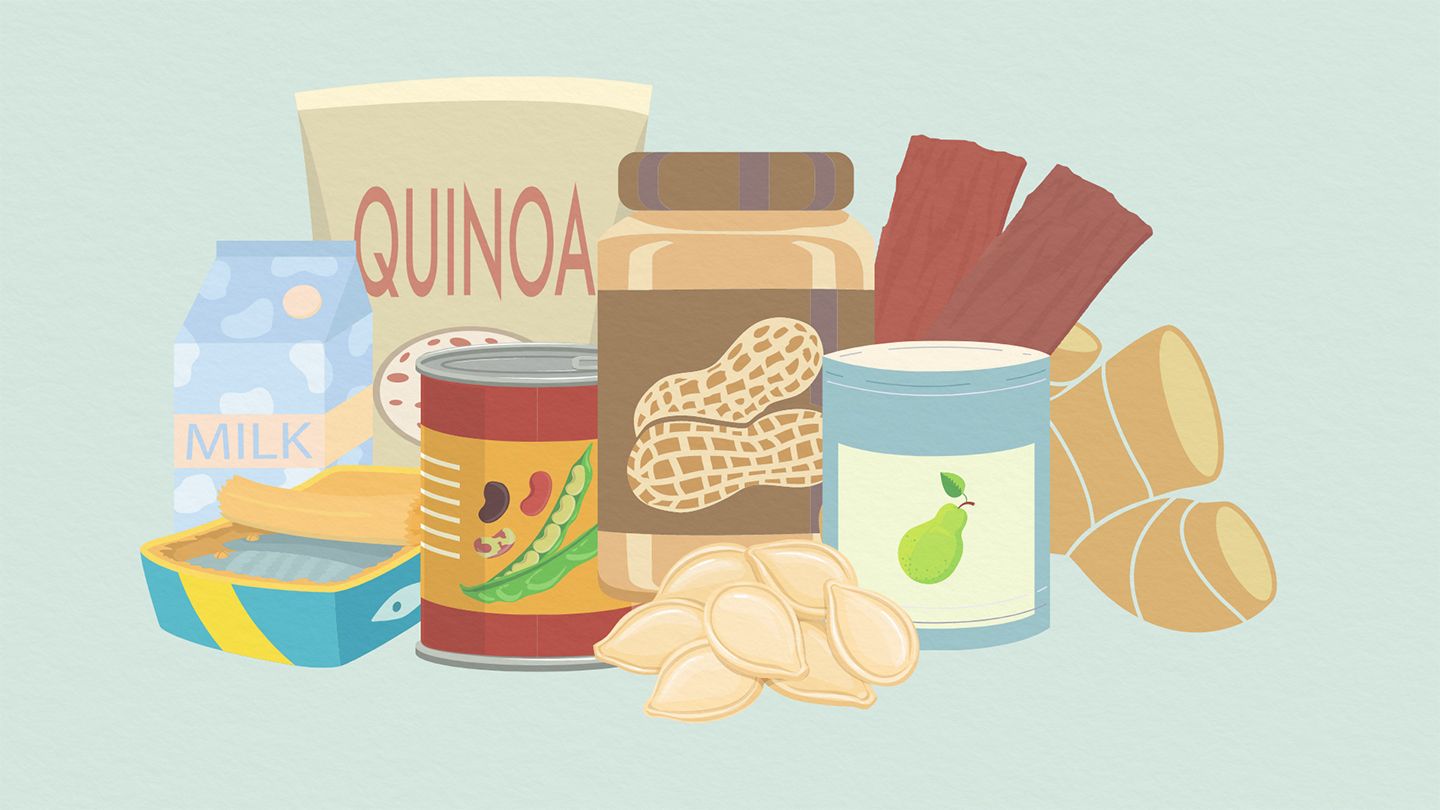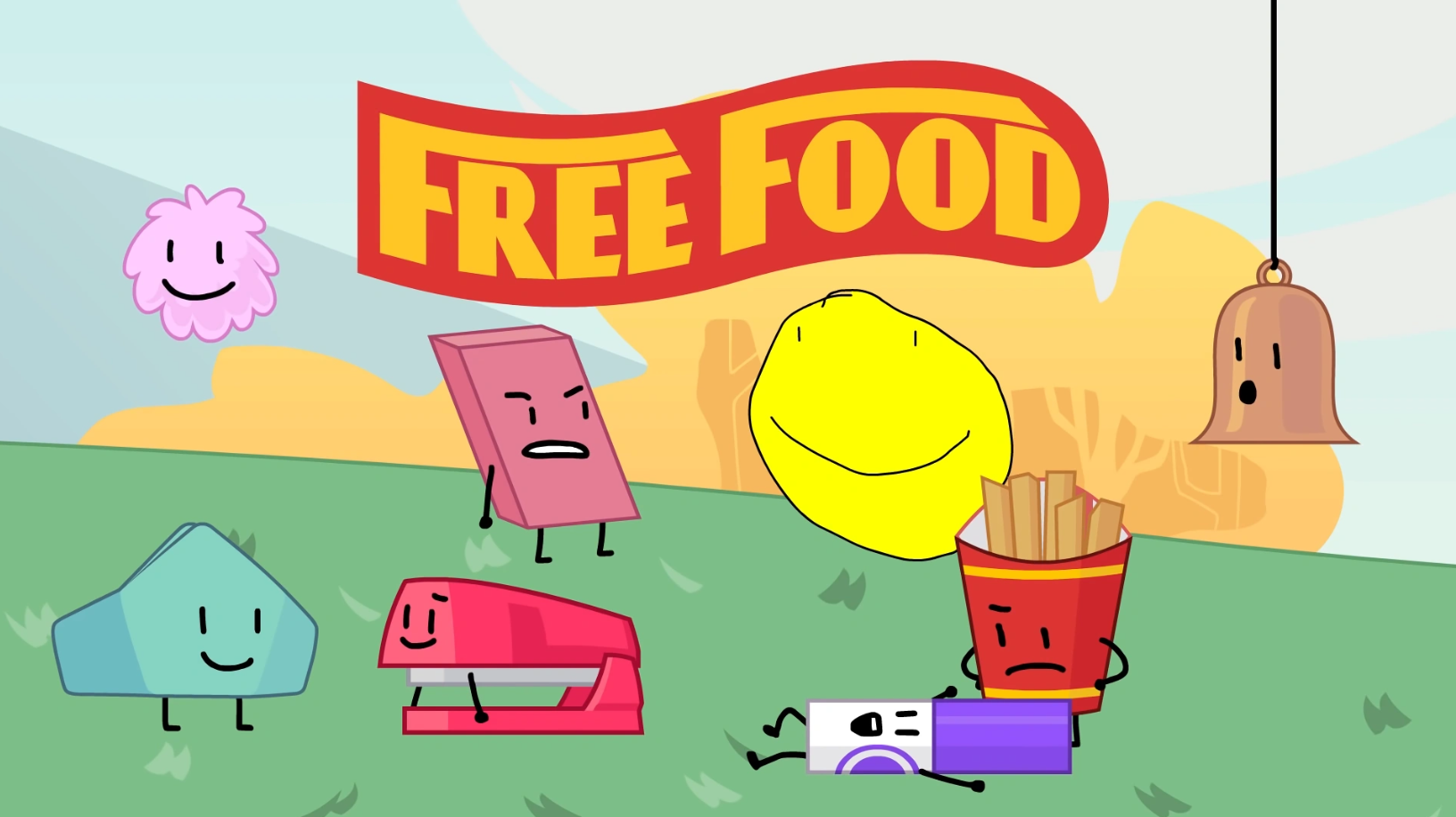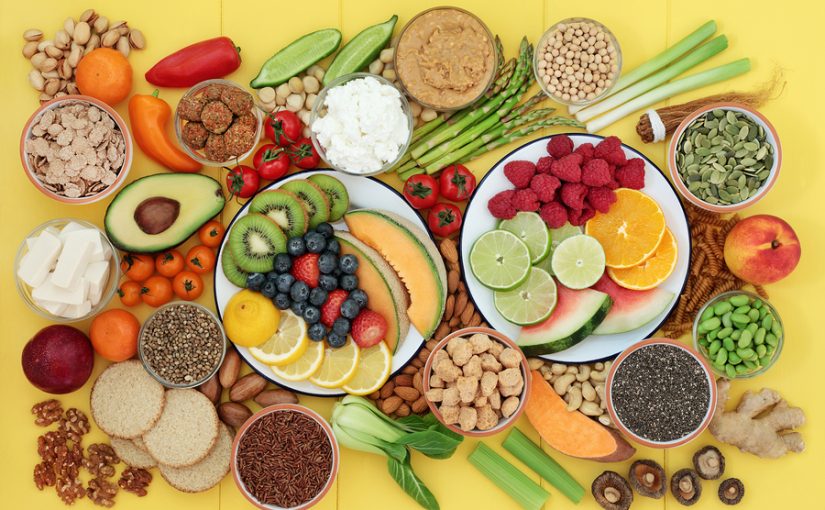Discover The Best Seasonal Free Food Opportunities In Your Area
Welcome to the treasure trove of seasonal free food opportunities in your neighborhood! Finding ways to stretch your grocery budget or access nutritious food can be challenging for many.
Whether you’re looking to support your family, save money, or ensure no one goes hungry, bountiful resources await discovery.
Feeding America leads the battle against hunger nationwide by partnering with over 200 member food banks. This means a vast network is available at any season to provide fresh produce and meals to those in need.
In this guide, we’ll explore how The Emergency Food Assistance Program can become an invaluable resource for you, dive into various other free food options, including federal assistance programs and local initiatives, plus share ideas on how anyone can contribute back to this generous cycle.
Prepare yourself for insights that will fill pantries and warm hearts. Let’s get started on unearthing these hidden gems together!
Key Takeaways
- The Emergency Food Assistance Program (TEFAP) offers free food distribution through local food pantries and resources for families, seniors, and needy individuals.
- Various federal assistance programs like SNAP and WIC provide monthly benefits or nutritious foods to low-income individuals and families to help save money on groceries.
- You can make a difference by donating to local food banks, volunteering your time at the food bank sorting donations, packing food boxes, or distributing meals if available.
- numerous volunteer opportunities are available, including advocating for policy change to address the root causes of hunger and promoting access to nutritious foods for all individuals and families.
The Emergency Food Assistance Program

The Emergency Food Assistance Program offers free food distribution through local food pantries and resources for families, seniors, and needy individuals. It also provides federal assistance and support services to ensure community members access healthy and much-needed food supplies.
Find Resources Near You
Saving money is smart, and free food opportunities can help a lot. You might be surprised to find out what’s available in your area. Here’s how you can start finding these resources:
Free Food Distribution
You can get free food at many places near you. The Emergency Food Assistance Program helps out a lot. They give away fruits, veggies, and foods that stay good for a long time to people who don’t make much money.
You should bring an ID or a bill to show you live in the area.
Local food pantries also share food without any cost. They usually have different times when they hand out food each month. It’s smart to call ahead to check their schedule and see what you might need to pick up some groceries.
Some groups even help you right where you are with mobile pantry services! These trucks full of good food come around from place to place so more people can get what they need. Keep reading for ways on how you can find these helpful resources nearby!
Local Food Pantries
Free food distribution leads us to the heart of community care: local food pantries. These places are amazing for finding help if you need food. They give away items like milk, bread, and canned goods to ensure no one goes hungry.
The House of the Good Shepard Food Pantry is a great example. They hand out food boxes monthly to people who need an extra hand. It’s not just about getting free produce; it’s about sharing what we have with neighbors in our area who might be struggling to make ends meet.
Options for Receiving Free Food

Regarding receiving free food, various options are available for families, seniors, and individuals in need. From federal assistance programs to local support services, the goal is to ensure everyone has access to nutritious meals.
Some resources can provide much-needed support during challenging times, whether through food distribution events or pantry visits.
Programs for Families, Seniors, and Individuals
Various programs are available to help families, seniors, and individuals save money on groceries and meals. These programs aim to provide support for those facing financial challenges. Here are some options:
- The Emergency Food Assistance Program (TEFAP) offers food distribution services and resources to low-income families, seniors, and individuals.
- The Seniors Farmers Market Nutrition Program provides low-income seniors access to locally grown fruits, vegetables, and honey.
- Community Servings is a nonprofit organization that delivers medically tailored meals to needy individuals.
- Food pantries offer emergency food support by distributing food and drinks to individuals and families in need from various sources.
- Free meal delivery and government food assistance programs are available for seniors, including free food boxes and groceries for Medicare beneficiaries.
Available Federal Assistance
The federal government provides various assistance programs to help people save money on food costs. Here are some options available for those seeking federal assistance:
- SNAP (Supplemental Nutrition Assistance Program) – This program provides monthly benefits to help low-income individuals and families buy food for good health.
- WIC (Women, Infants, and Children) – a nutrition program that helps pregnant women, new mothers, and young children eat well and stay healthy by providing nutritious foods.
- School Meals – The National School Lunch Program (NSLP) and School Breakfast Program (SBP) offer nutritious meals to students at affordable or free prices.
- SFSP (Summer Food Service Program) – During the summer months when school is not in session, this program provides free meals to children in low-income areas.
- TEFAP (The Emergency Food Assistance Program) – TEFAP supports the distribution of nutritious, high-quality foods to low-income Americans in need of emergency food assistance.
Other Support Services
Support services are available to help save money by providing free food and other assistance. Here are some options:
- Food Stamp Program (SNAP): This federal program helps low-income individuals and families buy food. It provides an electronic benefit card that can be used like a debit card to purchase eligible food items.
- Special Supplemental Nutrition Program for Women, Infants, and Children (WIC): WIC provides nutritious foods, nutrition education, and access to healthcare for low-income pregnant women, new mothers, infants, and children up to age five.
- The National School Lunch Program: This program offers free or reduced-price lunches to qualifying students at participating schools.
- Summer Food Service Program: During summer months when school is out of session, this program provides free meals and snacks to all children under 18 years old in areas with significant concentrations of low-income children.
- Temporary Assistance for Needy Families (TANF): TANF provides financial assistance to help pay for food, shelter, utilities, and expenses other than medical.
How You Can Help

You can make a difference by donating to local food banks, volunteering your time, or participating in Giving Tuesday. Your support can help those in need have access to nutritious and filling meals during the holiday season and beyond.
Find out more about how you can get involved and impact today!
Donating to Local Food Banks
Consider donating to local food banks to support your community without spending money. Here are some impactful ways you can help:
- Contact your local food bank for their current needs and donation guidelines. You can typically find this information on their website or by calling them.
- Donate healthy, non-perishable items like canned vegetables, fruits, whole grains, and lean proteins. These items are in high demand and make a real difference.
- Consider organizing a food drive in your neighborhood or workplace to collect donations for your local food bank. This is a great way to rally support from those around you.
- Advocate for businesses in your area to donate excess or unsold perishable foods to local food banks instead of throwing them away.
- Volunteer at the food bank sorting donations, packing food boxes, or distributing meals if you are available.
Volunteer Opportunities
After donating to local food banks, you can also look for volunteer opportunities to help fight hunger. Here are some options:
- Be an Advocate: Spread the word about the issue of hunger and encourage others to donate or volunteer at local food banks and pantries.
- Volunteer at a Food Bank: Help sort, pack, and distribute food at your nearby food bank. You can also assist with administrative tasks or support special events.
- Participate in Community Gardens: Many areas have gardens that supply fresh produce to local food banks. Joining a community garden can allow you to contribute fresh fruits and vegetables.
- Engage in Food Drives: Organize or participate in food drives at your workplace, school, or place of worship. Collecting non-perishable items can provide essential supplies for those in need.
- Join Outreach Programs: Some organizations conduct outreach programs to deliver meals directly to individuals who may need help accessing traditional food distribution sites.
- Volunteer for Special Events: Assist in organizing or participating in fundraisers, awareness campaigns, or other events that support efforts to combat hunger within your community.
- Offer Professional Services: If you have specific skills such as marketing, IT, or accounting, consider offering these services pro bono to local food banks and hunger relief organizations.
- Advocate for Policy Change: Get involved in advocating for policies that address the root causes of hunger and promote access to nutritious foods for all individuals and families.
Participating in Giving Tuesday
Participating in Giving Tuesday means joining a global movement focused on generosity and giving back. This special day, held after the holiday shopping rush, encourages people to support their communities through acts of kindness.
You can get involved by organizing a Giving Tree in your neighborhood, connecting those who want to live with those needing food or gifts for the holidays. It’s an opportunity to make a positive impact and help others while being mindful of your budget.
Whether donating time and resources or simply spreading kindness, participating in Giving Tuesday is a way to save money while making a meaningful difference.
Finding Free Food and Resources

– Search for nearby food banks and pantries online to locate the closest options for free food distribution.
– Utilize mobile food pantry services in your area to gain access to fresh produce and other essential items.
– Stay updated and connected with local charity organizations or support services that offer free food opportunities.
Search for Nearby Food Banks and Pantries
Looking for nearby food banks and pantries can help you save money on groceries. Here are some steps to find them in your area:
- Feeding America: This network has over 200 member food banks nationwide, connecting individuals with free food, food pantries, and soup kitchens.
- Zip Code Search: Use the zip code search on Feeding America’s website to find the nearest food bank in your local community and access free groceries.
- Chicago Programs: In Chicago, various programs offer free groceries and hot meals for those in need at different locations.
- Clark County Food Finder: Check out this resource for fresh options from food banks, school pantries, and community kitchen locations for individuals and families in Clark County.
- Community Food Share: This organization provides a map to find free groceries and meals at food pantries or programs near you, making it easier to access necessary resources.
Utilizing Mobile Food Pantry Services
Are you searching for ways to save money on food? Mobile food pantries might be your solution! Here’s how you can make the most of these services:
- Convenience at Your Doorstep: Mobile food pantries bring free, fresh groceries and produce directly to communities nationwide, saving you time and transportation costs.
- Access to Nutritious Options: These services provide access to various healthy foods, encouraging better eating habits without breaking the bank.
- Community Support: By utilizing mobile pantry services, you actively contribute to expanding community outreach and help promote healthier diets among vulnerable populations in your area.
- Delivery Options: Some food banks offer home delivery for those who cannot visit in person for health or mobility reasons, ensuring everyone has access to essential nutrition.
Staying Updated and Connected.
Stay connected with local food assistance programs by following their social media accounts and signing up for newsletters. This way, you can be the first to know about upcoming free food distribution events and other support services available in your area.
Additionally, consider setting up Google Alerts for keywords like “free food pantry” or “food assistance program” to receive real-time updates on available resources. By staying updated, you can take advantage of new opportunities to save money on groceries and access the support you need.
To stay connected, engage with community organizations focusing on ending hunger, such as Feeding America. By participating in discussions and events hosted by these organizations, you can gain valuable insights into finding free food resources and learn about various federal assistance programs that could benefit you or someone you know.
FAQs

1. Where can I find free food in New York?
You can get free food at one of the many food banks or on-site locations across New York that offer shelf-stable items to visitors.
2. Are there special free food days?
Yes, some places give away free food on specific days like Friday. Check with local organizations to know when you can go.
3. Can adults also receive free food?
Sure! Adults who need help can select from available content and recipe ideas at various sites that strive to feed everyone.
4. Why do people rely on seasonal free food opportunities?
People count on these opportunities to fill their pantries with bulk goods, especially if they are short on money during certain times of the year.
5. Is it possible to customize what free food I get?
While some spots may pass out preset boxes, others might let you choose foods that fit your taste or dietary requirements.

